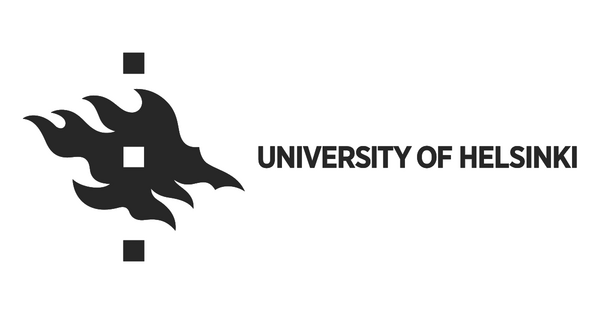University of Helsinki: Researchers propose ectomycorrhizal fungi’s role to be integrated into carbon accounting
A new study led by the University of Helsinki provides evidence that the observed decline of carbon use efficiency and net ecosystem exchange from south to north in the boreal forest may be caused by the abundance of ectomycorrhizal fungi.
The proposed approach could easily be included in carbon balance models for quantifying ectomycorrhizal fungi carbon use without having to engage in more complex analysis of carbon and nutrient interactions underlying ectomycorrhizal fungi processes.
“The results of the study underline the need for a better understanding of the role of micro-organisms as users of carbon but also as a machinery generating carbon residues that may have longer lifespans,” says the first author of the study Annikki Mäkelä from theFaculty of Agriculture and Forestry, University of Helsinki.
The study suggests that this approach can improve prediction of biomass growth across different soils with different microbial composition.
More accurate prediction of biosphere carbon sinks
According to researchers these features of ectomycorrhizal fungi as carbon consumers and litter producers should also be incorporated into global vegetation models in order to have more precise and accurate prediction of biosphere carbon sinks and their feedbacks to climate change.
Carbon use efficiency, i.e., the ratio between net and gross primary production, describes the efficiency of vegetation to accumulate photosynthetic carbon to biomass. Other uses of carbon include maintenance and construction respiration. In this study, ectomycorrhizal fungi were included as additional consumers of plant-originating carbon.

